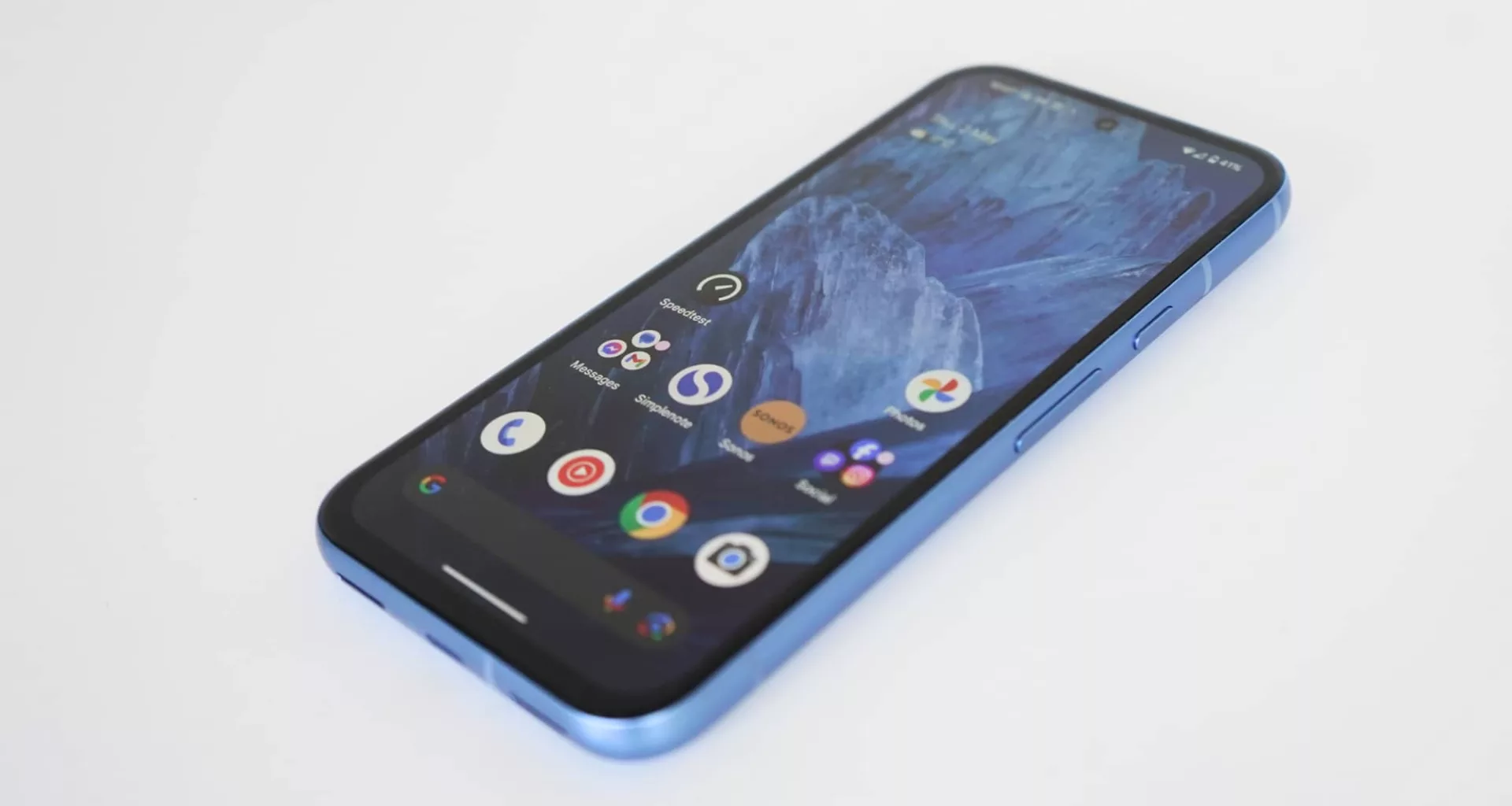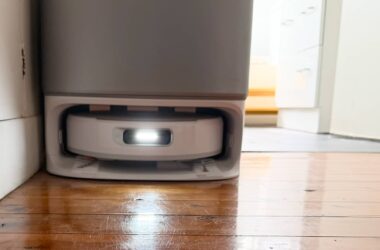Quick review
The good
The not-so-good
Google’s mid-range marvel is back as the A-series returns for another year. Is the Pixel 8a worth considering, and what’s changed from last year?
There are high-end phones and low-end phones, and even phones that make up the middle in between. While the high-end typically sees pricing well over the one thousand dollar mark, and budget models are below $300, phones pitched at the mid-range run a seriously wide gamut of pricing, covering pretty much everything in the middle. They can be a little better than a budget phone to as close to flagship as it gets, and they can vary in feature set significantly, too.
These days, the best mid-range phones tend to be quite close to their flagship kin, as phone manufacturers nail the formula and blueprint for this more economically-focused middle ground.
That’s largely what Google’s Pixel A-series has long been about, offering much of what made the flagship Pixel phones great, but with a few changes here and there. A slightly smaller screen, a different camera setup, and a change or two in the materials were the difference between the Pixel 7 flagship range and last year’s Pixel 7a, and it seemed like Google has nailed the blueprint. The Pixel 7a delivered everything you needed in a phone for a mid-range price.
One year on, Google is ready to try it again with the Pixel 8a, a phone that follows that formula once more, and may be one of the best options around for folks keen to keep their phone spend under a thousand dollars.
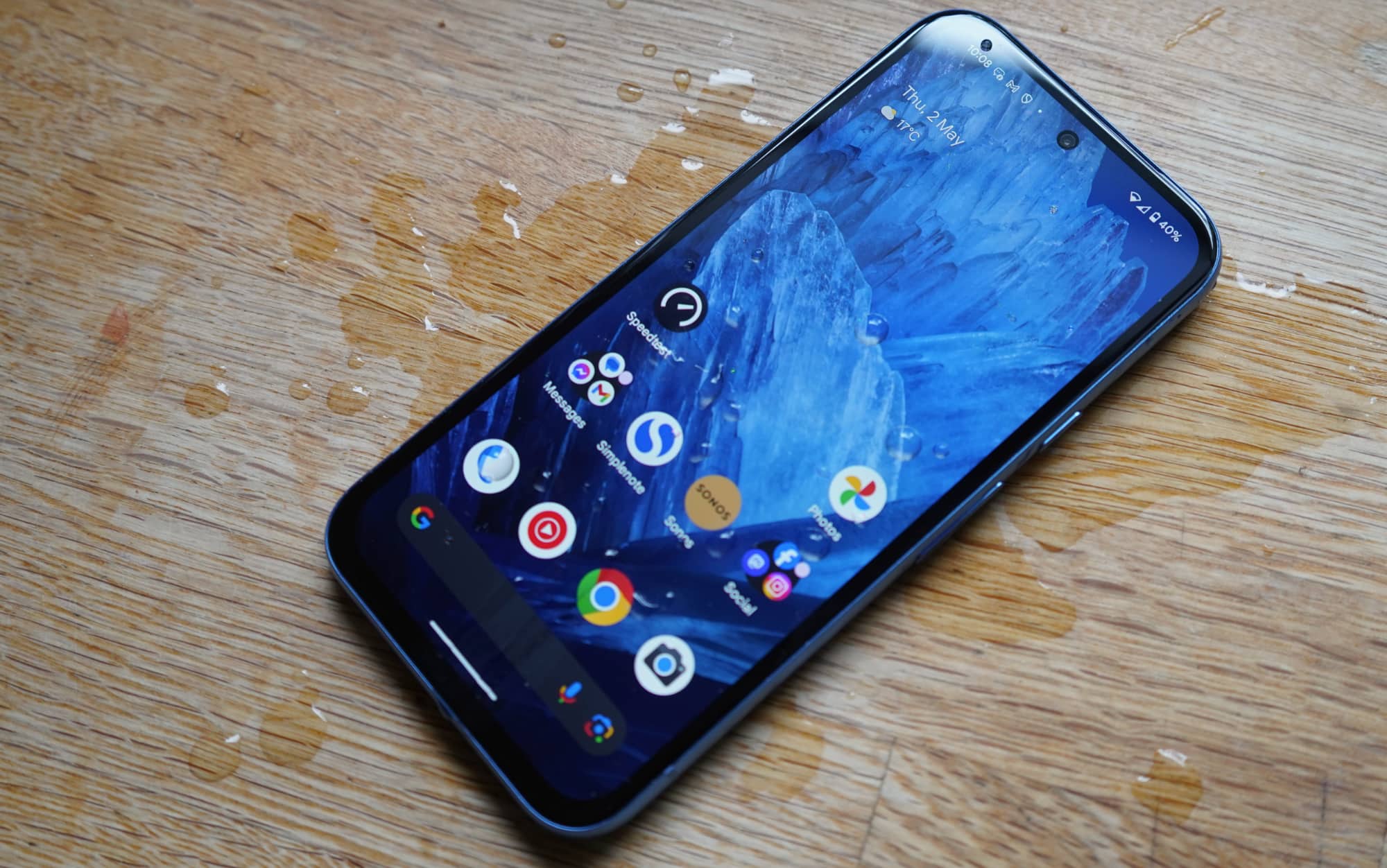
Design
We’ve seen the A series of Pixel phones for a few years now, ever since they started with the Pixel 3a back in 2019 and even skipped over a generation for release in Australia.
In the latest take, Google has made its mid-range Pixel feel even better, with a softer rectangular design and curved aluminium edges that wouldn’t feel out of place on a more premium phone. The back is plastic — glass is only for the high-end models — but it’s more of a matte plastic and feels great.
Holding the Pixel 8a in hand, you’d never realise this was any less than its high-end siblings. While the materials are a combination of a glass screen, aluminium frame, and plastic back, the whole thing feels just about as premium as anything else, almost as if it was flagship fare.
Over the days this phone was used, it often felt more premium than it should have.
It’s just a really lovely all-round design. Easy on the eyes, great to touch. There’s a clear difference between it and Pixel 7a, too, with the rounder edges coming off as more modern than the more angular 7a by comparison.
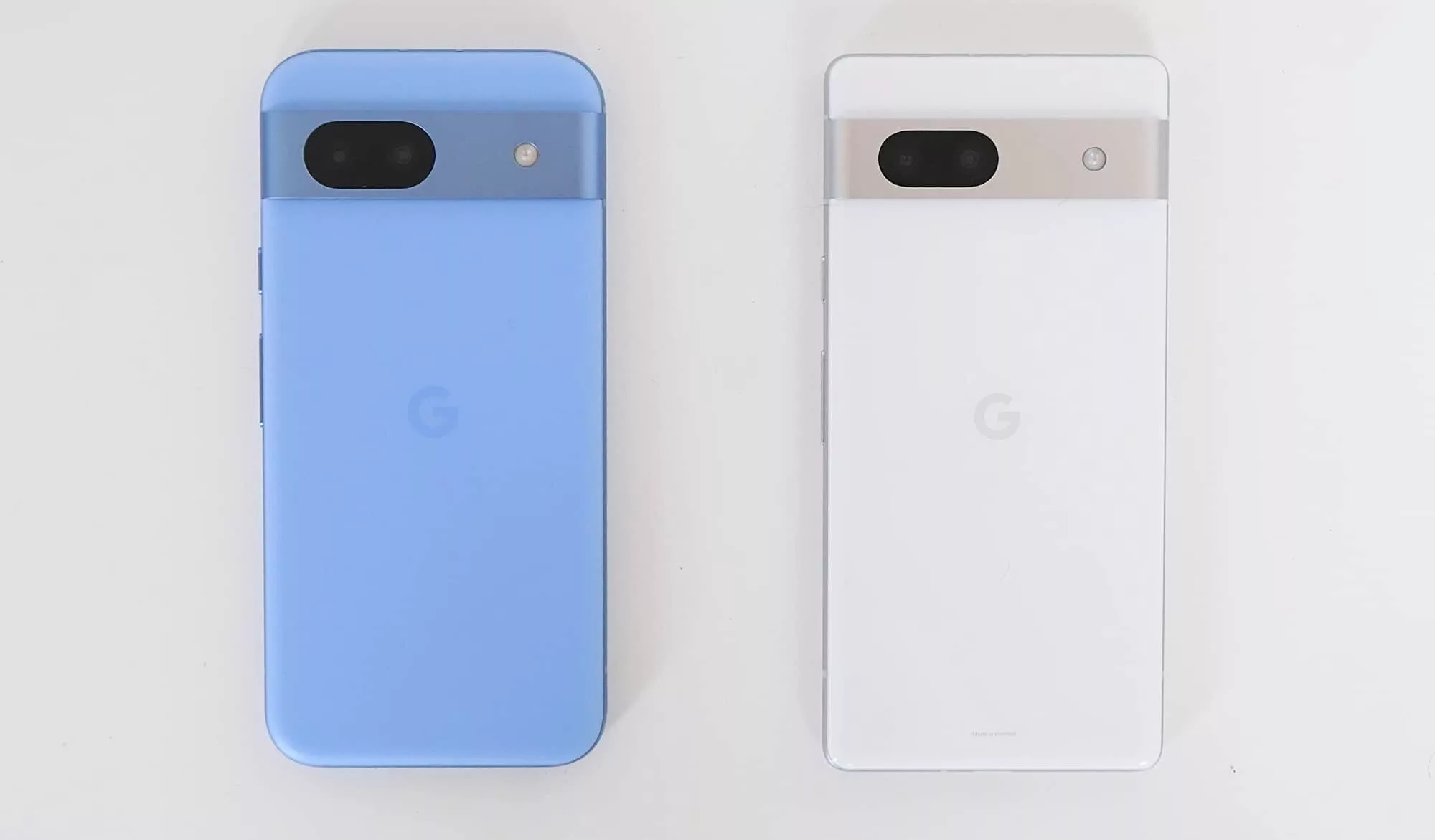
Features
Inside of this great design, you’ll find a similar feature set to the Pixel 8 from last year. Same chip, similar connectivity, but with a marginally smaller screen and a slightly different camera.
That includes the Google-made Tensor G3 chip, 8GB RAM, an a choice of either 128GB or 256GB storage with no microSD slot for storage, so pick wisely. Android 14 arrives on the phone out of the box, and like its Pixel 8 siblings, includes seven years of operating system updates, which is more than we can say for the two or three most other Android phones max out with.
Two cameras can be found on the back — a 64 megapixel wide and 12 megapixel ultra-wide — while a 10 megapixel camera is up front, and there’s support for facial security unlock and an in-screen fingerprint scanner, as well.
Expect 5G, WiFi 6E, Bluetooth, and a long USB-C port, though the box includes a USB-C cable and a USB-A to USB-C converter, something that’s become an handy bonus that Google supplies with Pixel phones.
The Pixel 8a also features an IP67 water resistance rating, handy for the times you spill water on the phone, and there’s also support for Qi wireless charging, but just not Qi2. Also, don’t test the wireless charging and the water resistance at the same time; water and electricity rarely go together, people.
| Model | Google Pixel 8a |
| Chip | Google Tensor G3 |
| RAM/Storage | 8GB RAM; 128GB, 256GB |
| OS | Android 14 |
| Screen | 6.1 inch OLED, Full HD+ (2400×1080), 120Hz |
| Cameras | 64mp F1.8 wide, 12mp F2.2 ultra-wide |
| Connections | 5G (sub-6), WiFi 6E, Bluetooth 5.3, GPS, NFC, USB-C |
| Size/Weight | 8.9mm, 188g |
| Price | Starting from $849 AUD |

In-use
The 6.1 inch OLED screen is only marginally smaller than the 6.2 inch of its Pixel 8 sibling, and it runs animations as a super slick 120Hz, too. Adding to this, the screen is one of Google’s new “Actua” screens, a buzzword to describe bright and clear for Pixel screens.
That display is easy on the eyes with a Full HD+ resolution of 2400×1080, and the phone includes both an in-screen fingerprint sensor and facial security, making it easy to unlock the phone using face or finger, or even just punching in your PIN at times, too.
Performance
Armed with the same Google-made Tensor G3 processor as the Pixel 8 Pro, you should expect solid performance.
What you won’t find initially in this review is a benchmark, and that is largely because for some reason Geekbench 6 isn’t available ahead of time on any Pixel phone. It’s been a consistent issue in every Pixel phone we’ve reviewed before launch, and it remains the same on this phone, with the Google Play Store reporting that “this app isn’t available” ahead of launch.
It’ll come later. For now, we’ve added the benchmarks for the Pixel 8’s Tensor G3 chip and 8GB RAM spec, which is identical to the loadout on the Pixel 8a.
In terms of mobile speed, you can expect hot 5G speeds dependent on where you are and the network you choose, though it’ll use the sub-6 5G network technology everyone else uses.
Google reserves the mmWave 5G technology support for its “Pro” range of Pixel phones, and that’s consistent in this model, as well. The Pixel 8 Pro has mmWave, but neither the Pixel 8 nor Pixel 8a have it. You’ll just have to be content with really fast, just not blazingly fast.
Testing the Pixel using Telstra’s 5G Wholesale Network via Mate found speeds in excess of 320Mbps which is good enough for most people, though your results may vary.
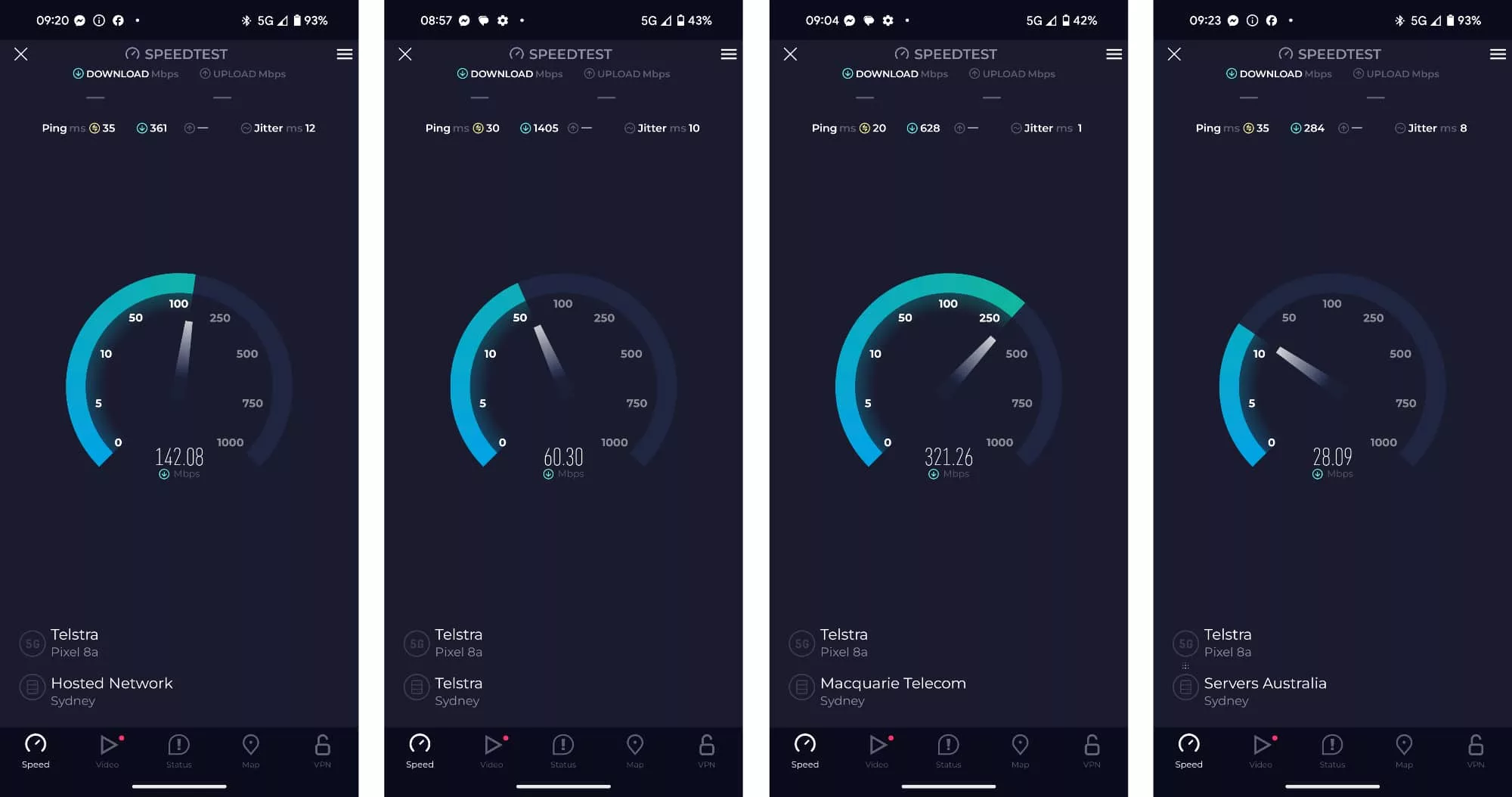
You’ll also find pretty much the same AI features as its Pixel 8 Pro sibling, most of which are there to aid the camera, such as taking unwanted elements out of photos and reducing background noise in videos.
That said, we enjoyed using the auto-transcription tech for interviews, a feature that has been in Pixel models for some time, and there’s also that recent “Circle to Search” functionality Google rolled out this year after it debuted on the Galaxy S24 Ultra, as well.
Camera
Moving to the back of the phone, we have the camera, and while it might be a dead ringer for the Pixel 8’s camera bar, it isn’t, in fact, the same thing.
While the Pixel 8 sees a 50 megapixel F1.68 wide camera alongside a 12 megapixel F2.2 ultra-wide, the 8a opts for a 64 megapixel F1.8 and the same 12 megapixel F2.2 ultra-wide.
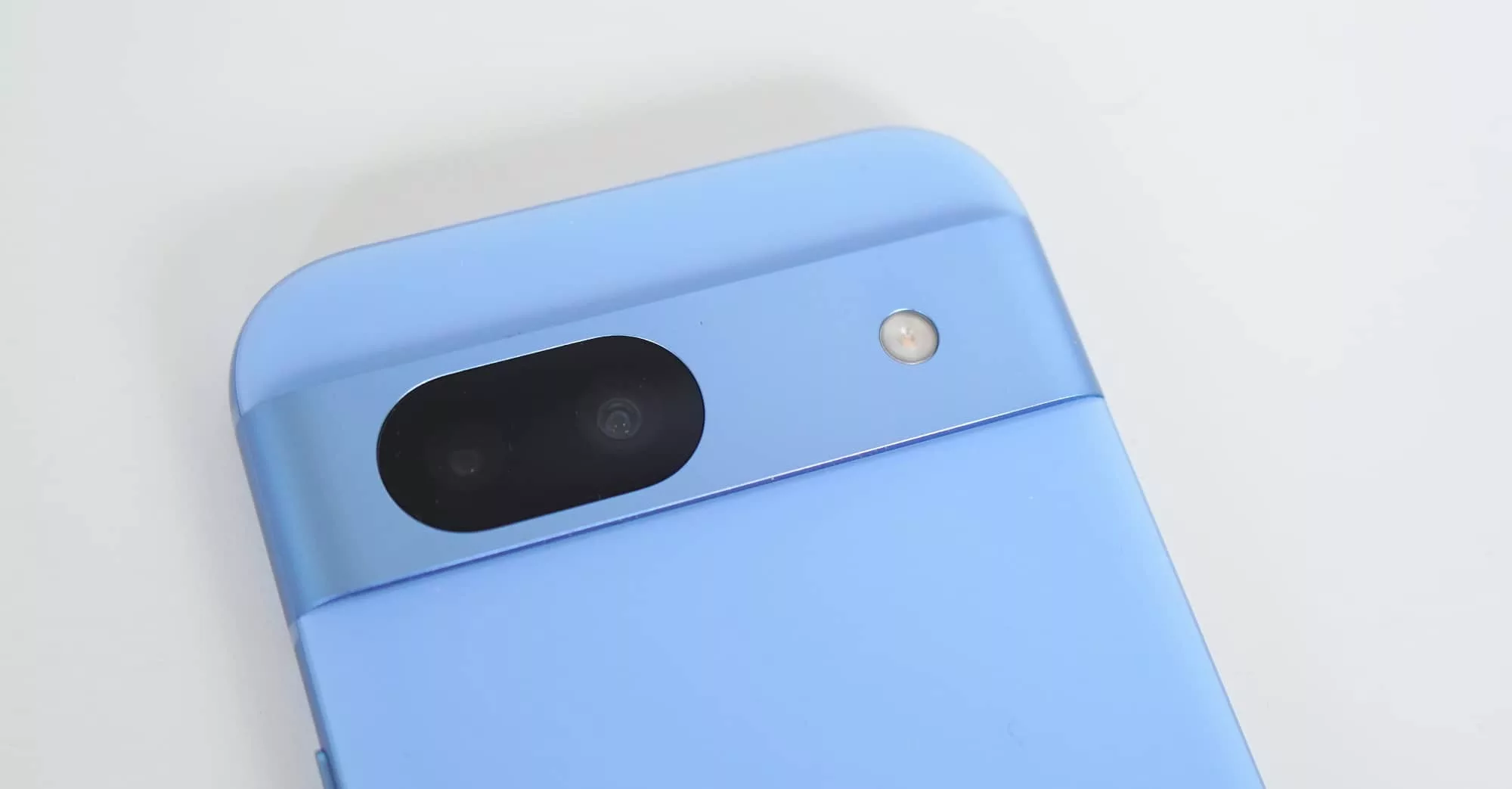
On the ultra-wide, there’s no difference at all, while the main sports a difference in camera sensor entirely. Neither phone gets a telephoto — again, that’s a “pro” level feature — but the camera tech in the Pixel 8a seems to be pretty strong all the same.
In our tests with the phone, the camera performed very well, delivering crisp imagery in daylight, lovely portrait with soft backgrounds, and even quite nice and acceptable low-light shots, as well.
You might miss out on the telephoto of the 8 Pro, but if you can live without the extra zoom, the Pixel 8a offers a great little camera set.

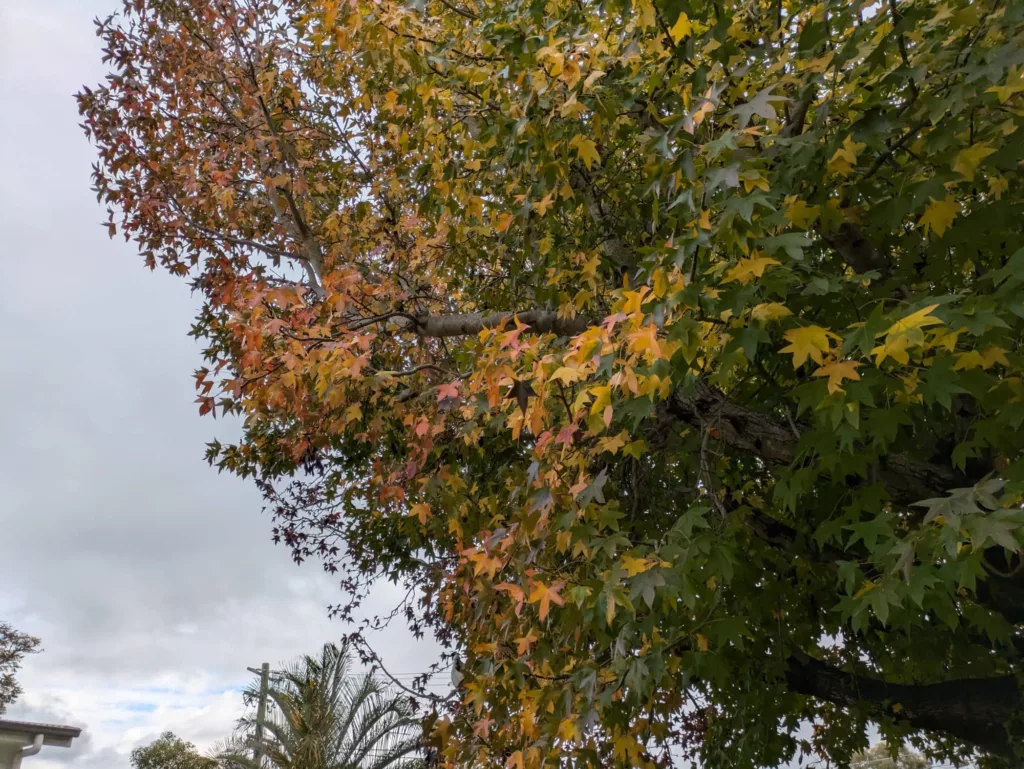

Battery
Inside, there’s a 4492mAh battery, and just like we’ve seen on prior “a” series Pixel phones, it is a surprisingly capable battery, able to handle a good day of usage, and maybe even a little more.
We found in our tests that a day and a half was possible from the phone, particularly when it learned your usage and started controlling things a little more, though heavier users will likely see morning to night, with needing a charge as they go to sleep.
In terms of an hour total, we found roughly 4 hours of active screen time seemed to work in the Pixel 8a, which is about the norm these days.
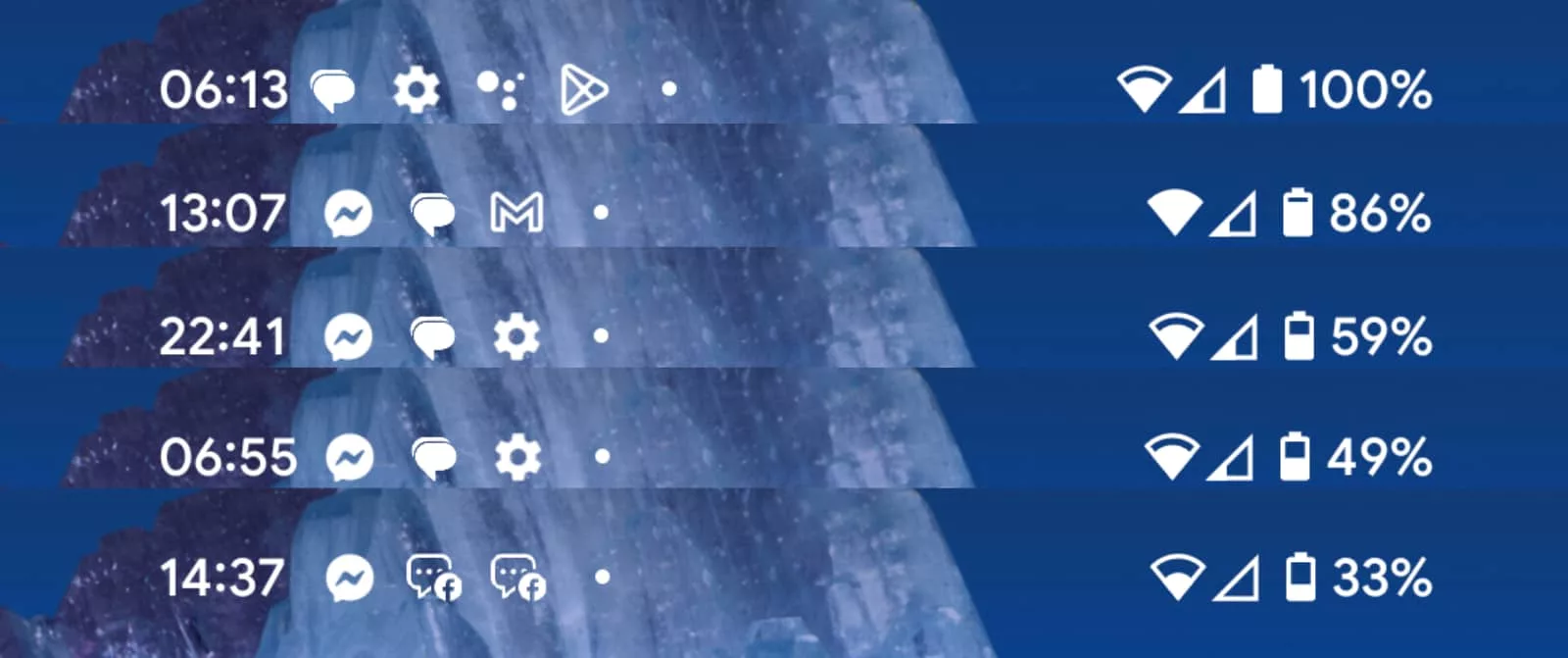
Value
Priced from $849 in Australia, the Pixel 8a is mostly successful in value because of what Google delivers for the price: what is ostensibly a Pixel 8 with a slightly different camera for $350 less.
There are minor differences between the models — WiFi speed, camera, and construction materials, mostly — but we don’t think most buyers would realise it. For a $350 saving, the Pixel 8a makes so much sense.
Of course, if you can find the Pixel 8 for less, then the value becomes more questionable. If you find the Pixel 8 for anywhere between $749 and $879, you’re either saving money or spending a little more on something that is very close to the 8a, and yet still marginally better.
Comparing at the recommended retail price alone, the Pixel 8a offers clear savings. With sale prices, this line gets a little more murky.
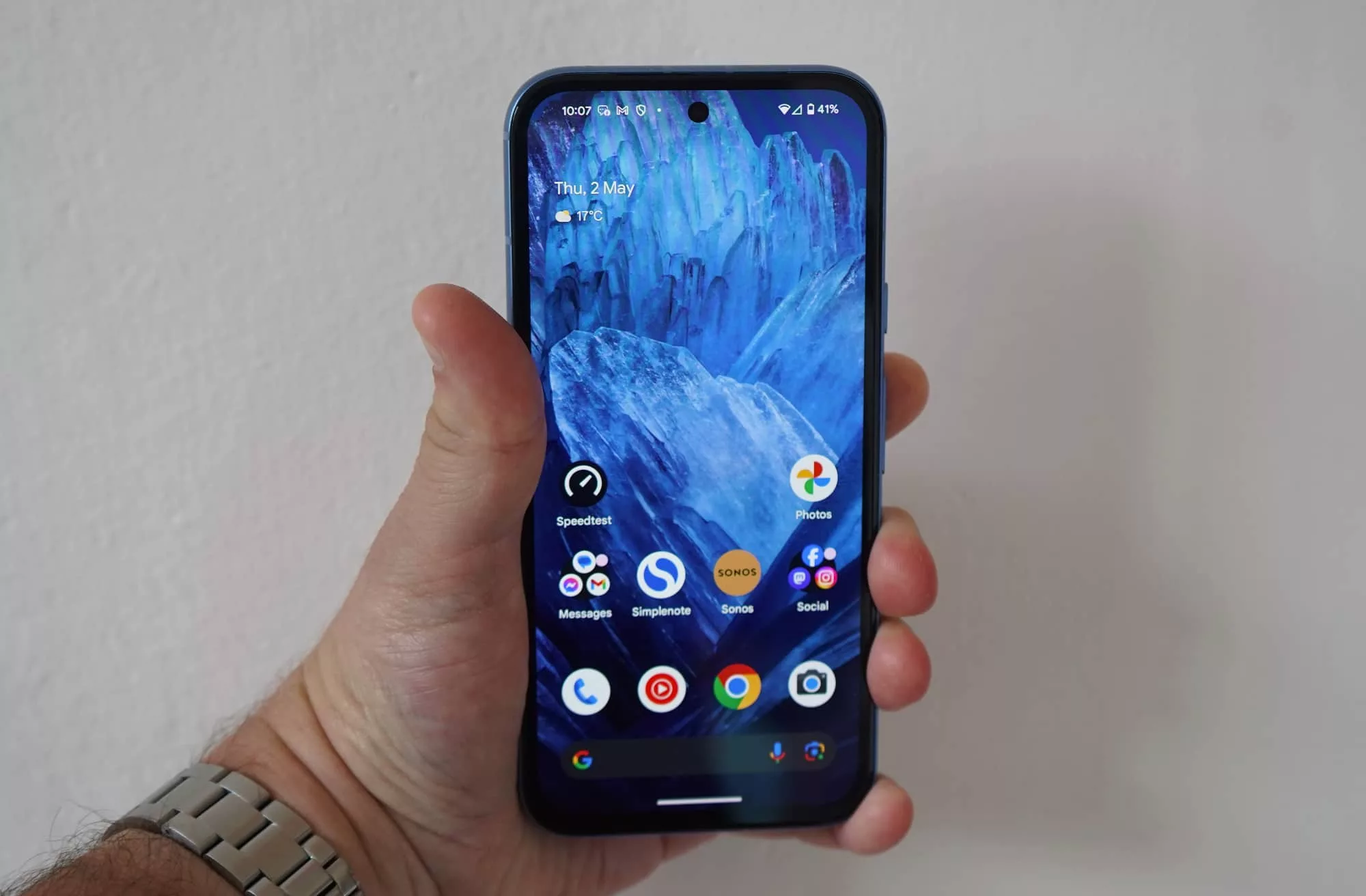
What needs work?
That may not be a major problem, mind you, because the package is so good. And as a matter of fact, very little needs work in this generation.
While the Pixel 7a more or less perfected the Pixel “A series” formula by giving it a larger dose of premium features and feels for less, the 8a just keeps that momentum going. Very little has changed, which is both a good and a bad thing.
It’s good because the Pixel 8a represents solid value for the upper end of the mid-range. It’s bad because so little seems to have changed this year, and yet the price has gone up.
There’s virtually no reason for anyone to upgrade from the Pixel 7a to this, and it is arguably just a slightly more up-to-date version of that phone. Last year’s Pixel A model was excellent, and so is this year’s. That’s great.
But this year’s Pixel A also costs more, and that’s less ideal.
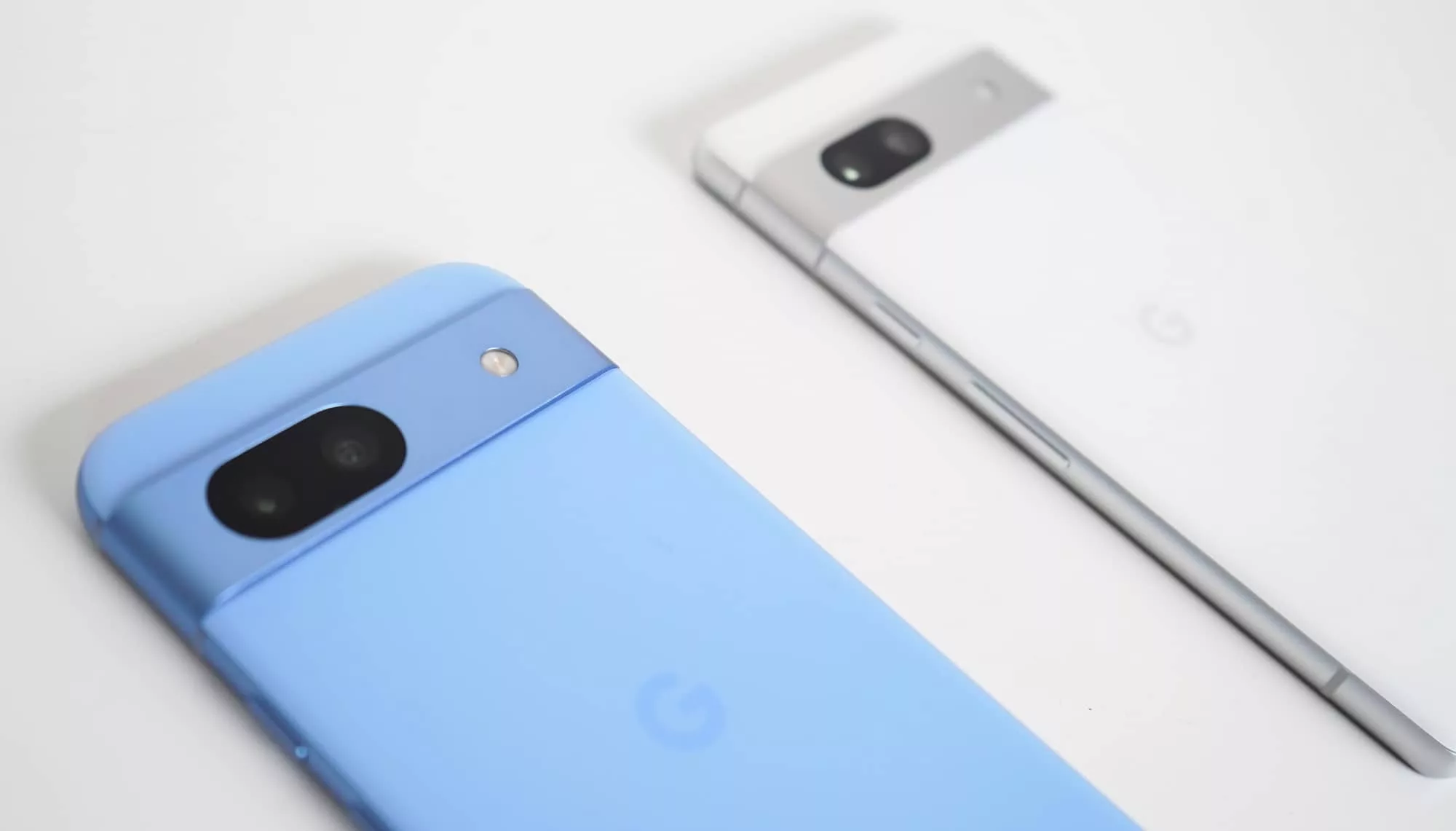
At a briefing ahead of the launch of the Pixel 8a, Google noted the price change was “primary driven by foreign exchange”, which is to say Google is suggesting the Australian dollar has lowered significantly since last year.
Except that’s not true. Our review of the Pixel 7a last year came out on May 18, 2023 when the phone was $749 and the USD exchange rate was 0.6627 USD. Fast forward a year to when we wrote this Pixel 8a review, and the May 13 2024 exchange rate was 0.66116 USD.
Throw those numbers together and you’ll find they look very, very similar… because they are. Last year’s exchange rate in Australia was practically identical to this year’s, making the reason for the $100 difference in last year’s $749 Pixel 7a and this year’s $849 Pixel 8a less about foreign exchange rates and more likely about making money. Capitalism FTW.
In all fairness, $100 isn’t a lot of money, and the conversion from the US $499 price of the Pixel 8a probably won’t be tremendously steep (roughly $755 before GST). But Google’s comment to Australian journalists about why the price is higher also isn’t quite the truth, and it’s worth being aware of all the same.
The Pixel 8a costs more than we expected, and while it’s still a good deal, it’s not as good a deal as the Pixel 7a was overall.
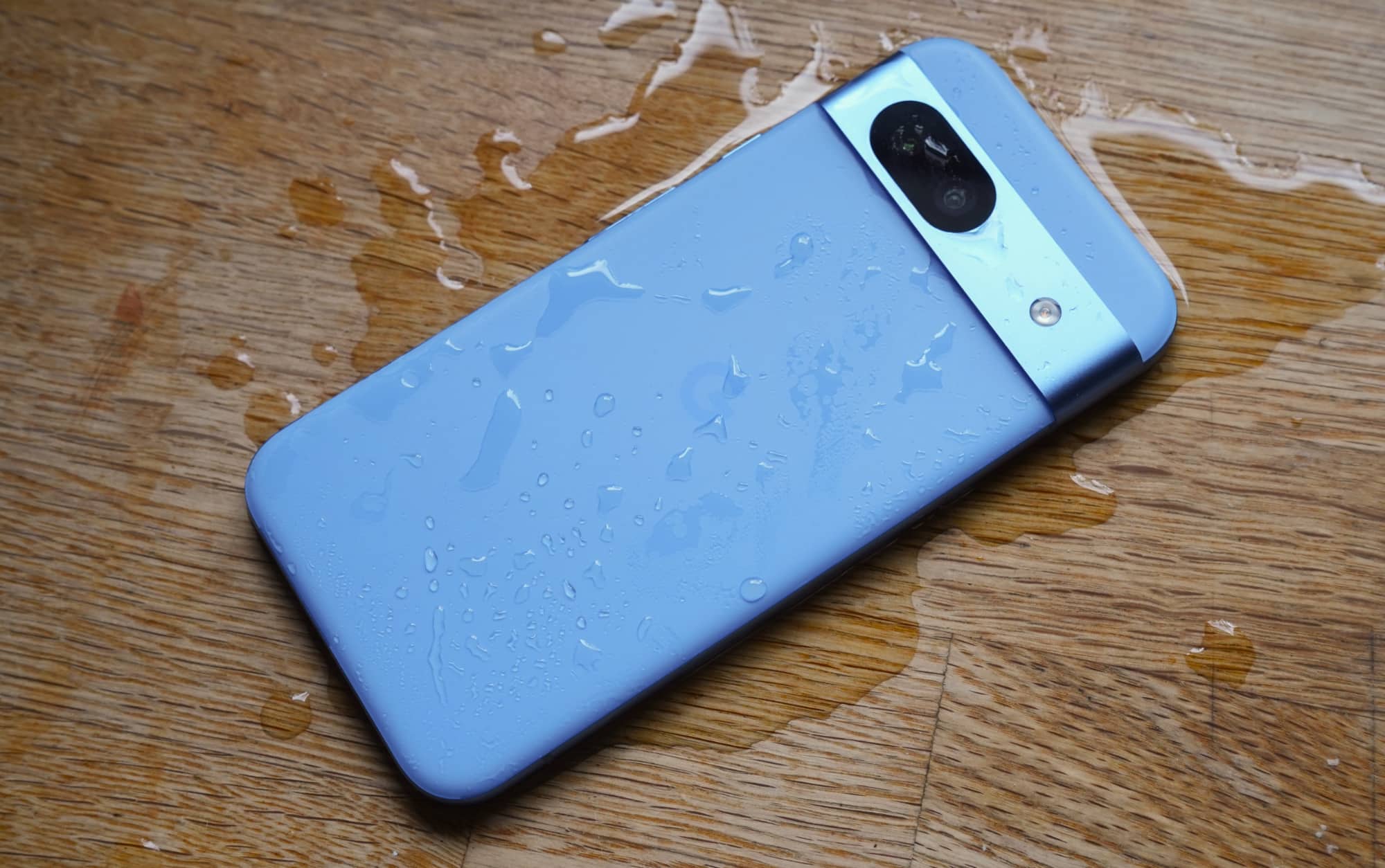
Final thoughts (TLDR)
Even with the slightly higher cost, the Pixel 8a is a winner in the value argument. At $350 less than its closest sibling and offering a near identical feature set, not to mention the same seven year support terms, the Pixel 8a comes across as a winner for anyone keen on getting a Pixel that doesn’t need the bigger screen or better camera set.
Frankly, we’re not even sure why the Pixel 8 exists at this point. The differences are so minor, it begs the question why Google doesn’t just remove the base model Pixel 8 from sale the moment the 8a arrives.
The answer is probably because with only a few months until October and the Pixel 9, Google doesn’t need to. Plus, we can probably expect a few price drops between now and then.
Meanwhile, for folks looking for a good solid compromise between flagship and mid-range, Google has it sorted. While not an exciting upgrade, the Pixel 8a is a good, reliable balance of tech.
It’s just about everything you’d want or need from a phone under a grand, and it’ll keep going for years, too. Recommended.


